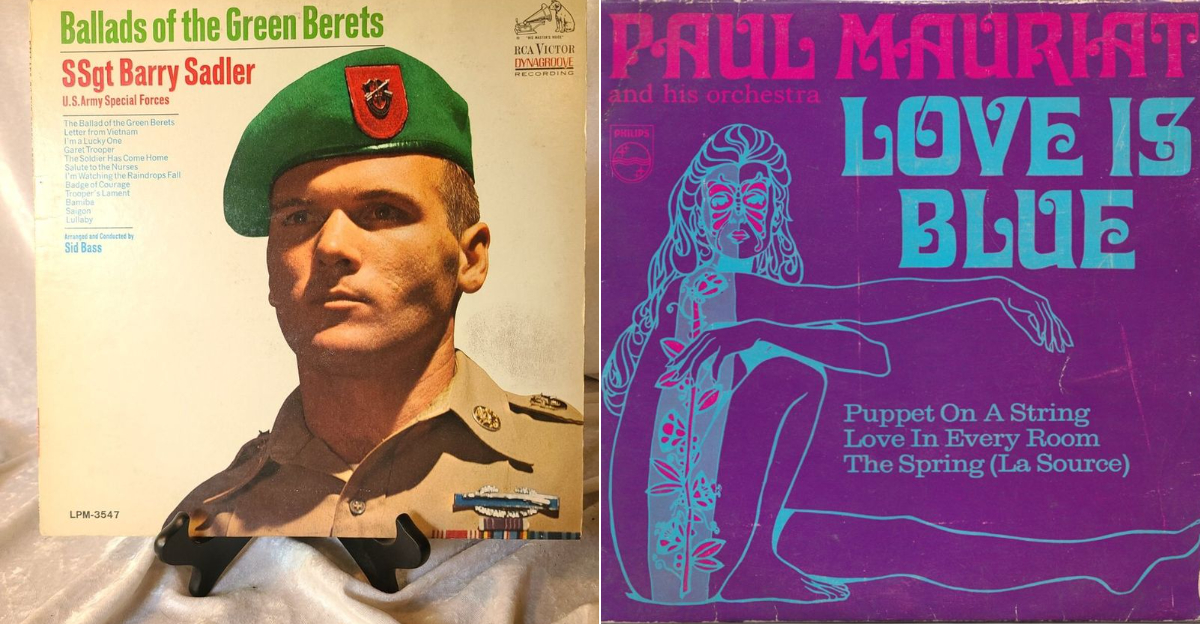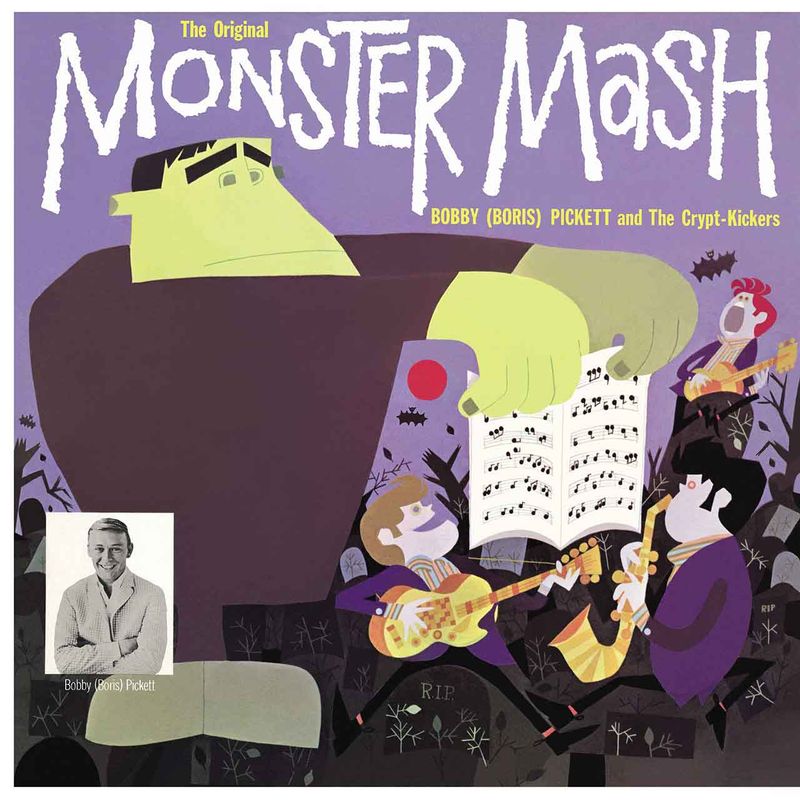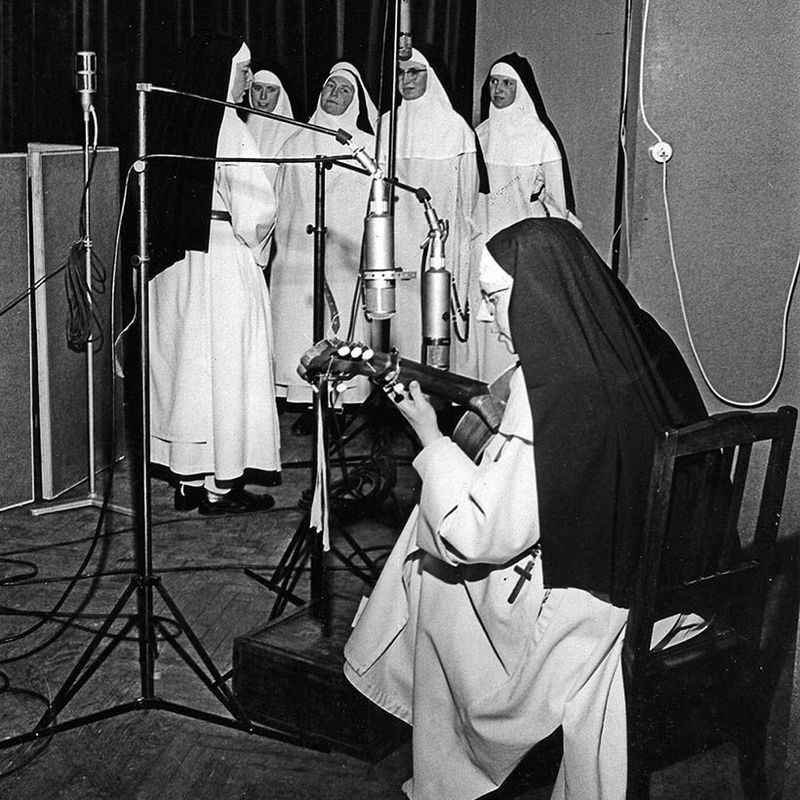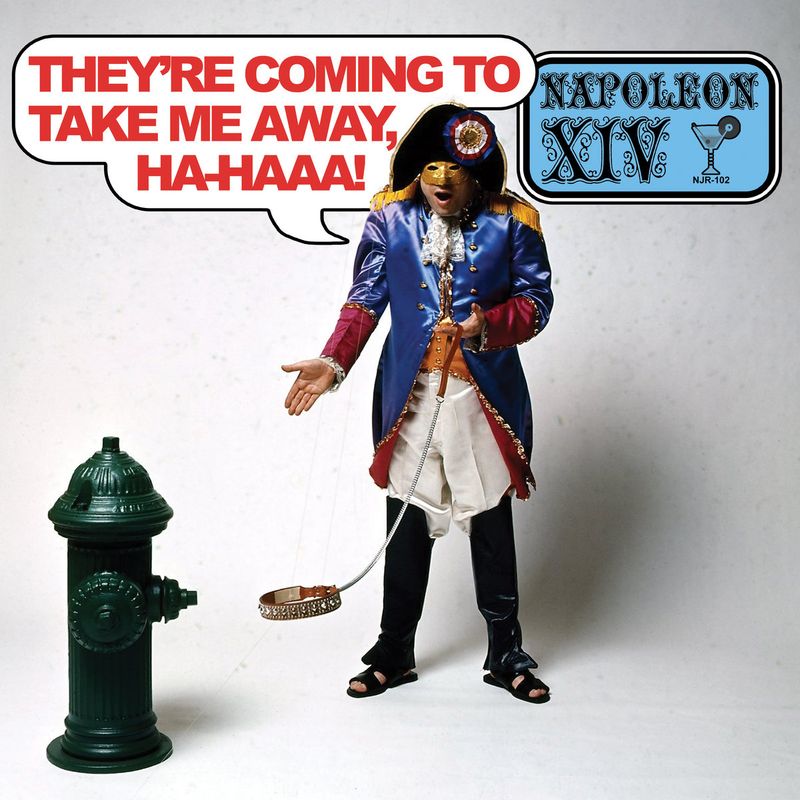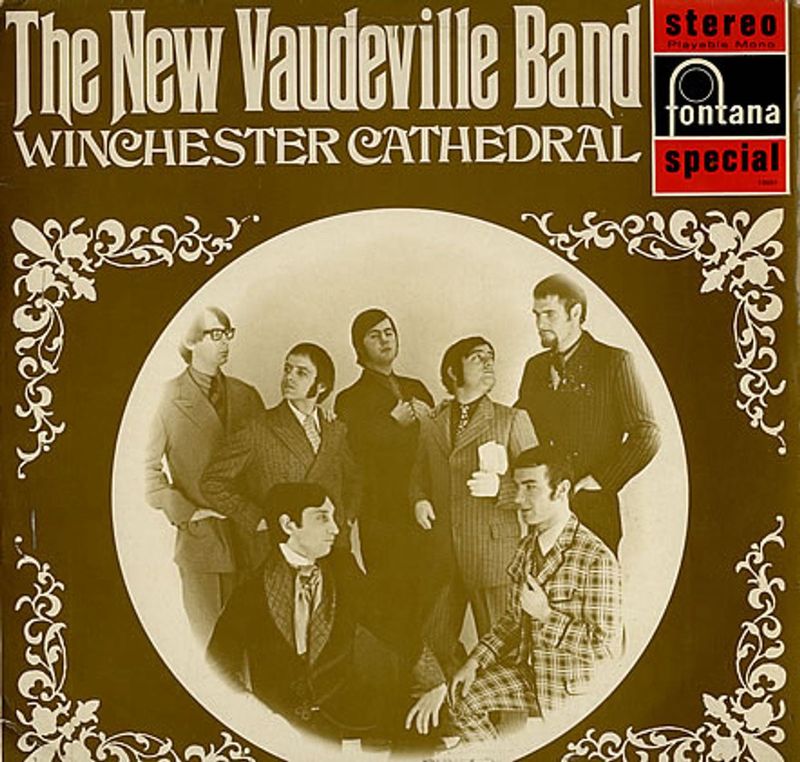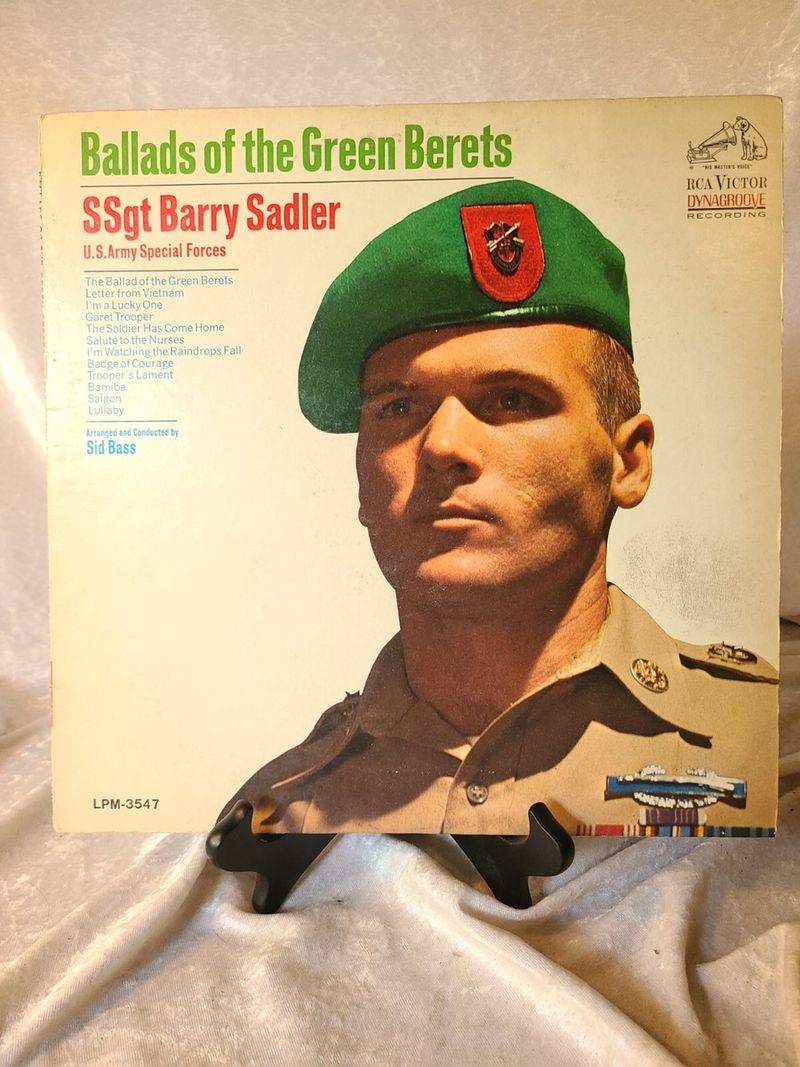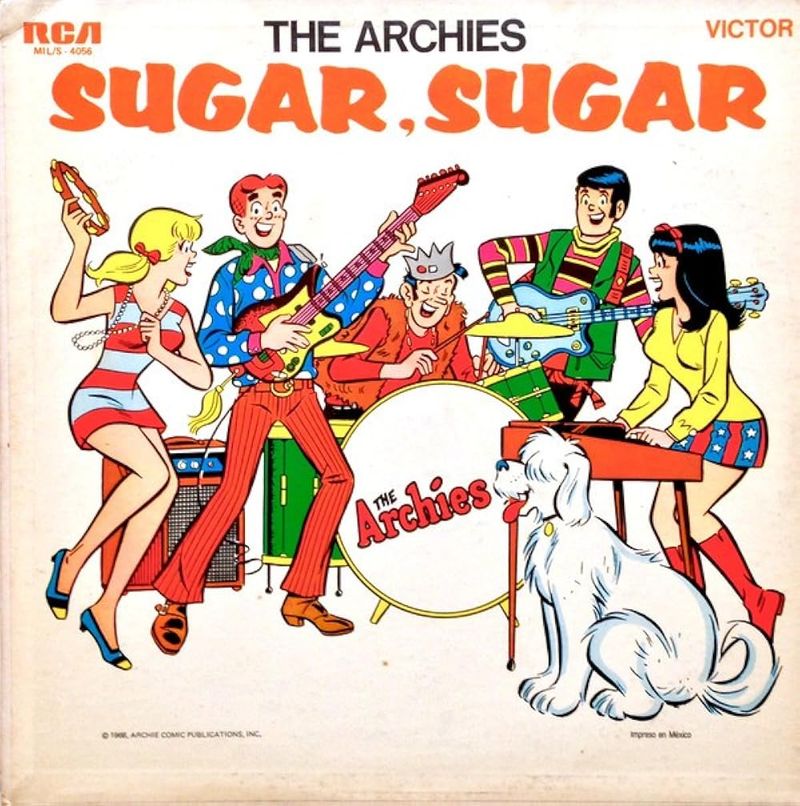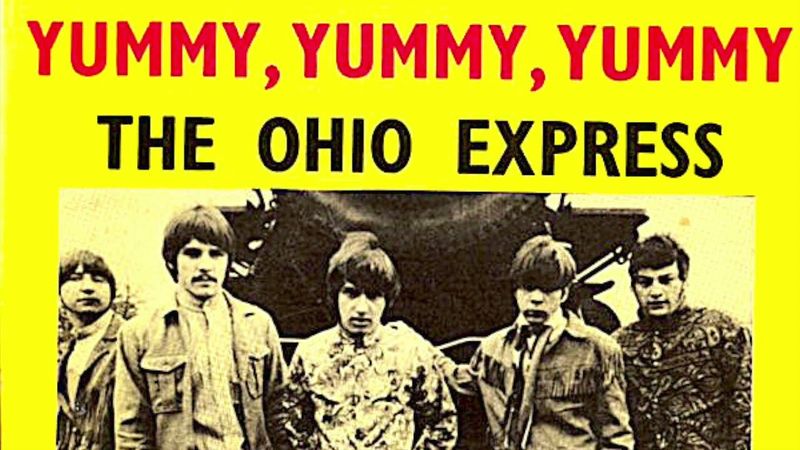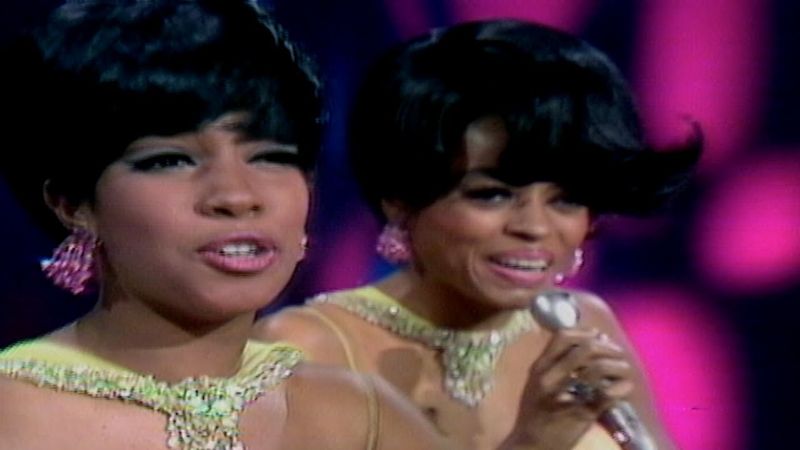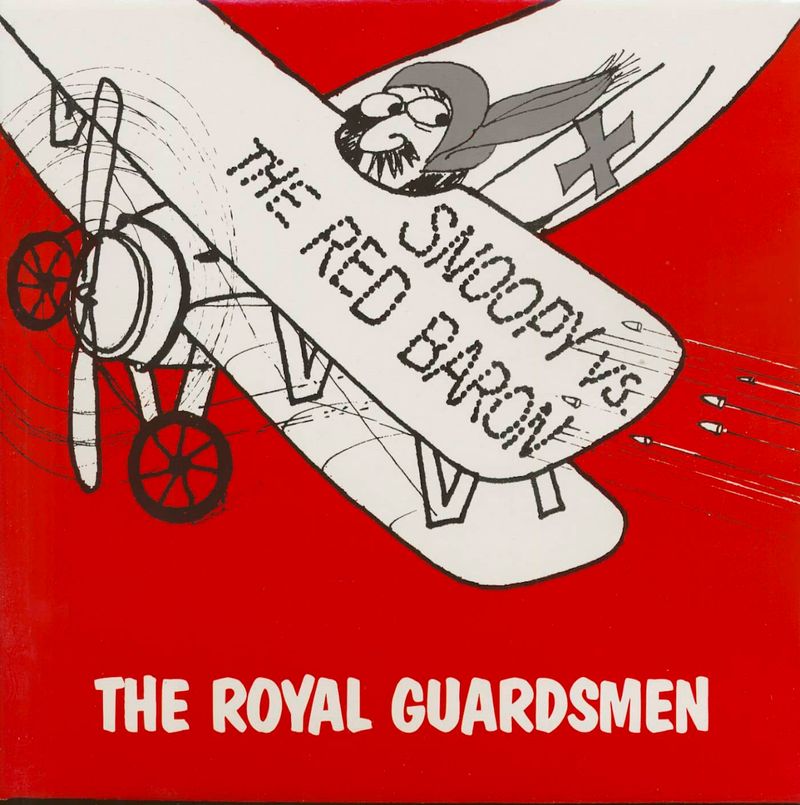The 1960s may be revered for its groundbreaking music, but not every chart-topping hit was a masterpiece. While some songs defined a generation, others left listeners scratching their heads. Here, we explore 12 songs from the 1960s that incredibly reached number one, despite their questionable quality.
1. “The Monster Mash” – Bobby “Boris” Pickett (1962)
“The Monster Mash,” a Halloween novelty song, bizarrely captivated listeners enough to become a chart-topping hit—not once, but twice. With its spooky sound effects and playful lyrics, this tune is more trick than treat. Picture a dance floor filled with ghouls and goblins grooving to this campy track. Its lyrics are an endless loop of the same quirky phrase, making it more of a chore than a charm. Despite its seasonal appeal, many find themselves haunted by its repetitive refrain. The song’s popularity is a mystery as puzzling as its lyrical content.
2. “Dominique” – The Singing Nun (1963)
The Singing Nun, a real-life nun named Jeanne Deckers, serenaded the world with “Dominique,” a song recounting the life of Saint Dominic. Despite its religious roots, it climbed to the top of the charts, leaving many listeners baffled by its success. Sung in French, the lyrics were lost on most American audiences, yet its catchy melody resonated. While heartfelt, its simplistic storytelling and overdressed sincerity made it feel more suited for a Sunday school class. It’s an oddity of a hit that still leaves people questioning how it captured the world’s attention.
3. “They’re Coming to Take Me Away, Ha-Haaa!” – Napoleon XIV (1966)
“They’re Coming to Take Me Away, Ha-Haaa!” is less of a song and more of a comical diatribe, echoing the ramblings of a madman. Napoleon XIV’s quirky performance, complete with a marching drumbeat, gives the impression of a carnival gone wrong. It details a man’s descent into madness after losing his dog, making it both bizarre and unsettling. The song’s repetitive nature and unnerving tone strike a dissonant chord, leaving many listeners bewildered. Its unique charm is overshadowed by its absurdity, making it a perplexing number-one hit.
4. “Winchester Cathedral” – The New Vaudeville Band (1966)
“Winchester Cathedral” transports listeners back to the roaring ’20s, but with a comedic twist. Featuring fake British accents and a kazoo solo, it’s more of a parody than a serious track. The New Vaudeville Band’s playful performance embraced vaudeville flair, making it reminiscent of a bygone era. Despite its energetic charm, the nonsensical lyrics and exaggerated delivery left audiences divided. The song’s catchy tune and whimsical style won over some, but its lack of depth and coherence kept it from being a timeless classic. A love-it-or-hate-it hit.
5. “The Ballad of the Green Berets” – SSgt. Barry Sadler (1966)
“The Ballad of the Green Berets” stands as a pro-military anthem, delivered with gusto by SSgt. Barry Sadler. Its bold lyrics and marching rhythm aim to inspire, yet its heavy-handed patriotism can feel overbearing. Dedicated to the elite U.S. Army Special Forces, the song’s heroic narrative resonates with some, while others find its message too blunt. The track’s militaristic tone and emotional delivery capture the era’s sentiments, but its lack of nuance leaves it sounding more like an advertisement than a heartfelt tribute. A polarizing piece of musical history.
6. “Sugar, Sugar” – The Archies (1969)
The Archies, a fictional band, sweetened the charts with “Sugar, Sugar,” a bubblegum pop sensation. Its sugary lyrics and infectious melody made it a feel-good anthem, yet its simplistic nature grated on those seeking substance. The catchy chorus sticks like candy, leaving listeners with a musical sugar rush. While it captured the carefree spirit of the era, its lack of depth and cartoonish origins make it less memorable. Despite its superficial charm, “Sugar, Sugar” remains a puzzling number-one song, more suited for Saturday morning cartoons than the Billboard charts.
7. “Yummy Yummy Yummy” – Ohio Express (1968)
Ohio Express delivered a confectionery delight with “Yummy Yummy Yummy,” a song that’s more bubblegum than brilliance. Its juvenile lyrics and catchy beat tell a tale of love equated to candy, offering little substance but plenty of sweetness. The track’s repetitive nature and simplistic rhymes make it feel more like a jingle than a hit song. While its infectious energy appeals to some, others find it overly saccharine. As a chart-topping song, it showcases the lighter, more playful side of 1960s pop music, even if it lacks depth.
8. “The Happening” – The Supremes (1967)
“The Happening” by The Supremes carries an upbeat tempo and dynamic vocal performance, yet its lyrics leave much to be desired. The song’s vague storytelling creates an air of mystery that doesn’t quite connect with listeners. Known for their soulful hits, The Supremes deliver an energetic track, but its lack of clarity detracts from its potential. Despite its lively arrangement and the group’s powerful vocals, the song remains an enigmatic piece. It captures a moment in time but leaves those listening searching for deeper meaning behind the beat.
9. “Love Is Blue” – Paul Mauriat (1968)
Paul Mauriat’s “Love Is Blue” is a rare instrumental hit that topped the charts, known for its lush orchestration and dreamy melody. Without lyrics to guide them, listeners are left to interpret its emotional landscape on their own. The song’s sweeping violins and gentle rhythm create a soothing atmosphere, though some find its elevator music vibe lacking in excitement. Despite its lack of lyrical content, the song’s evocative sound paints a vivid picture, capturing a sense of melancholy beauty. A curious chart-topper that relies solely on its musical allure.
10. “Little Arrows” – Leapy Lee (1968)
Leapy Lee’s “Little Arrows” offers a whimsical take on love’s unpredictable nature, though its execution feels overly simplistic. With a playful tune and repetitive lyrics, it captures the essence of a lighthearted, carefree era. The song’s nursery rhyme quality appeals to some, yet leaves others yearning for more depth. Despite its catchy melody, the song’s saccharine tone and lack of substance make it feel more like a novelty than a serious hit. As a chart-topper, it highlights a quirky side of 1960s pop culture, charming yet fleeting.
11. “Snoopy vs. the Red Baron” – The Royal Guardsmen (1966)
The Royal Guardsmen turned a beloved comic strip into a musical sensation with “Snoopy vs. the Red Baron.” This novelty song combines whimsy with a historical twist, featuring the famous beagle in a fantastical World War I scenario. Its catchy chorus and imaginative storytelling captured the hearts of listeners, even as its silliness left some scratching their heads. The song’s playful approach and comic book inspiration make it endearing yet perplexing. A peculiar number-one hit that showcases the playful spirit of the ’60s, blending pop culture with musical fun.
